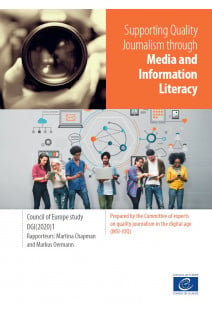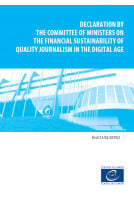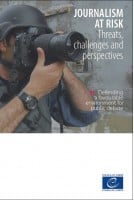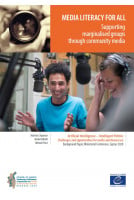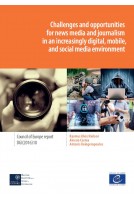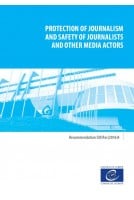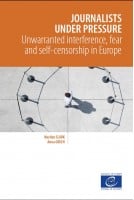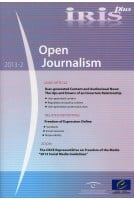MIL - Media and Information Literacy used to be seen as the responsibility of the educational sector mostly targeting younger people in full-time education. This responsibility has to be extended to all stakeholders who are in a position to reach citizens of all age groups where they currently are and create new dissemination networks for MIL knowledge and skills.
All relevant stakeholders, especially member states, need to recognise their own roles and responsibilities in relation to media literacy. They should be prepared to lead on, participate in, and fund MIL projects on a long-term basis.
Preliminary remarks 1. Executive summary 2. Introduction
2.1 Background
2.2 Purpose
2.3 Structure
2.4 Methodology
3. MIL as an open multi-dimensional concept
3.1 Knowledge and skills necessary for a self-determined interaction with media
3.2 Development of a cluster of MIL skills
4. Summary of results from the online survey
4.1 Geographic spread
4.2 MIL skills addressed
4.3 Categories of MIL projects and initiatives
4.4 Budgets for MIL projects and initiatives
4.5 Target groups for MIL projects and initiatives
4.6 Evaluation of MIL projects and initiatives
5. A framework of models of MIL projects and activities
5.1 The ‘MIL in schools’ model
5.2 The ‘Public facing’ model
5.3 The ‘Strategic’ model
5.4 The ‘MIL Training’ model
5.5 The ‘MIL Tools’ model
6. Key findings 7. Recommendations 8. References Appendix 1 – Names of projects analysed
Appendix 2 – Questionnaire
